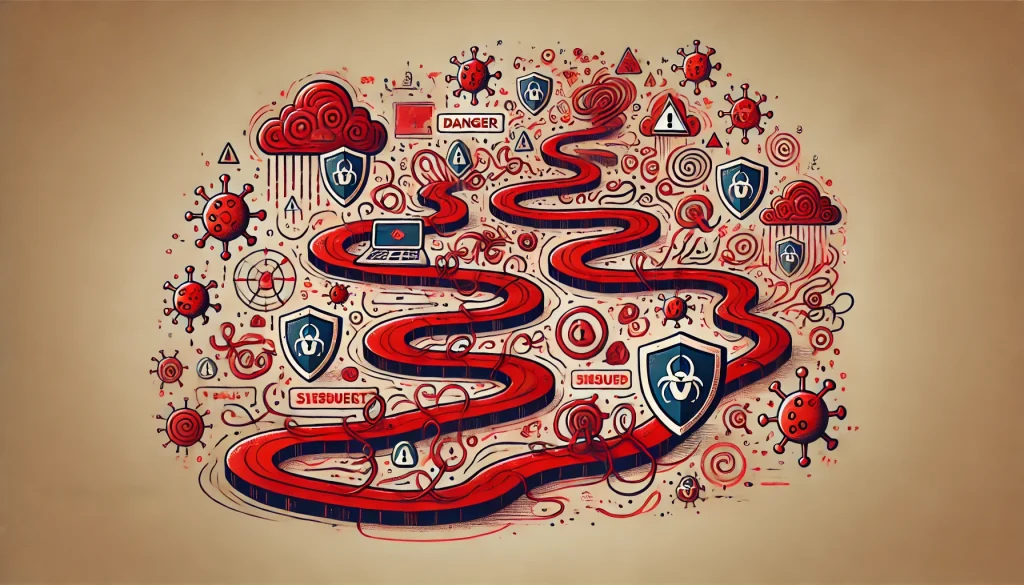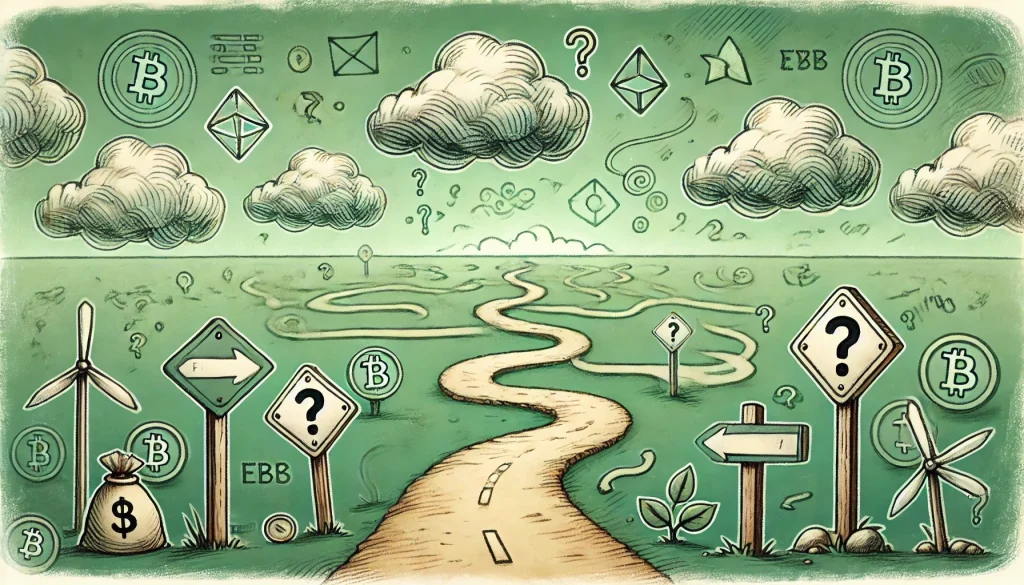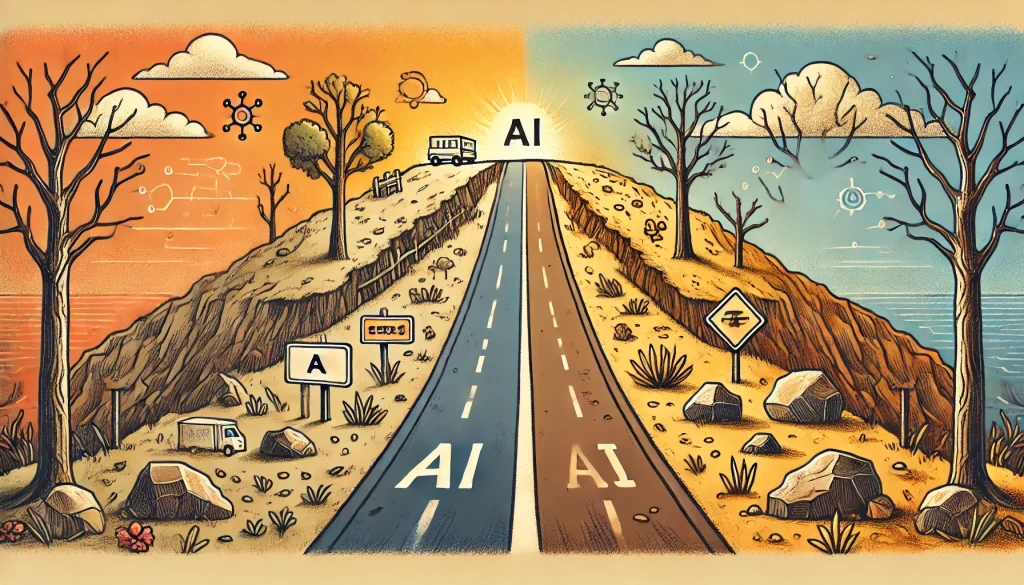In the fast-paced digital world, the traditional methods of compliance training are increasingly being seen as inadequate. This is particularly true in fields that require a high level of engagement and retention, such as General Data Protection Regulation (GDPR), Anti-Money Laundering (AML), and CyberSecurity. To address this challenge, more organisations are turning to gamified learning environments. Here, we explore the multifaceted benefits of gamification in online training, backed by statistics and psychological insights, with a focus on its efficacy within the UK compliance landscape.
Understanding Gamification in Training
Gamification incorporates game elements such as points, levels, challenges, and leaderboards into non-game contexts, such as educational or professional training environments. This innovative approach does more than simply make learning fun; it strategically enhances the educational experience to boost engagement, improve retention of information, and encourage continuous improvement. Here’s a detailed look at how each element contributes to these outcomes:
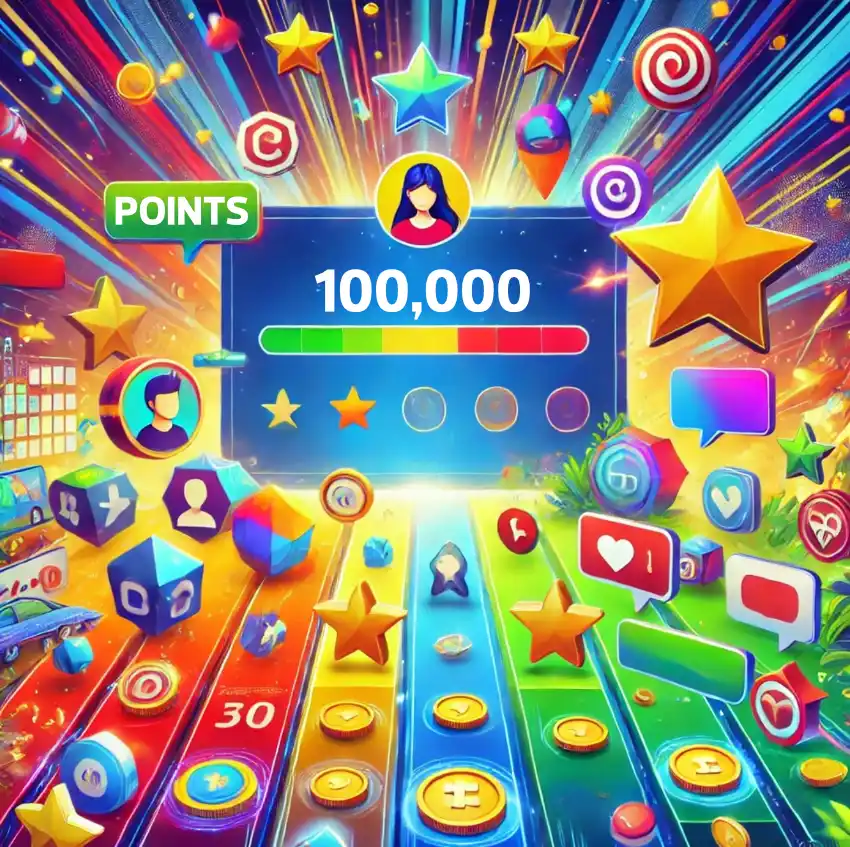
1. Points
Points act as immediate feedback mechanisms in a gamified learning environment. Each action taken by a learner can be rewarded with points, which quantitatively reflect their understanding or mastery of a topic. This system provides instant validation of correct behaviours or answers, reinforcing learning as it happens. The accumulation of points also allows learners to track their own progress, giving them a tangible sense of achievement as they advance through the material.
2. Levels
Levels in gamification serve to structure the learning process into manageable stages, each with its own set of objectives and challenges. This segmentation helps in breaking down complex compliance regulations into smaller, more digestible components. As learners complete one level, they progress to the next, each level designed to incrementally build upon the previous one. This not only helps in pacing the learning but also in maintaining a clear sense of progression and accomplishment, which is crucial for keeping learners motivated.
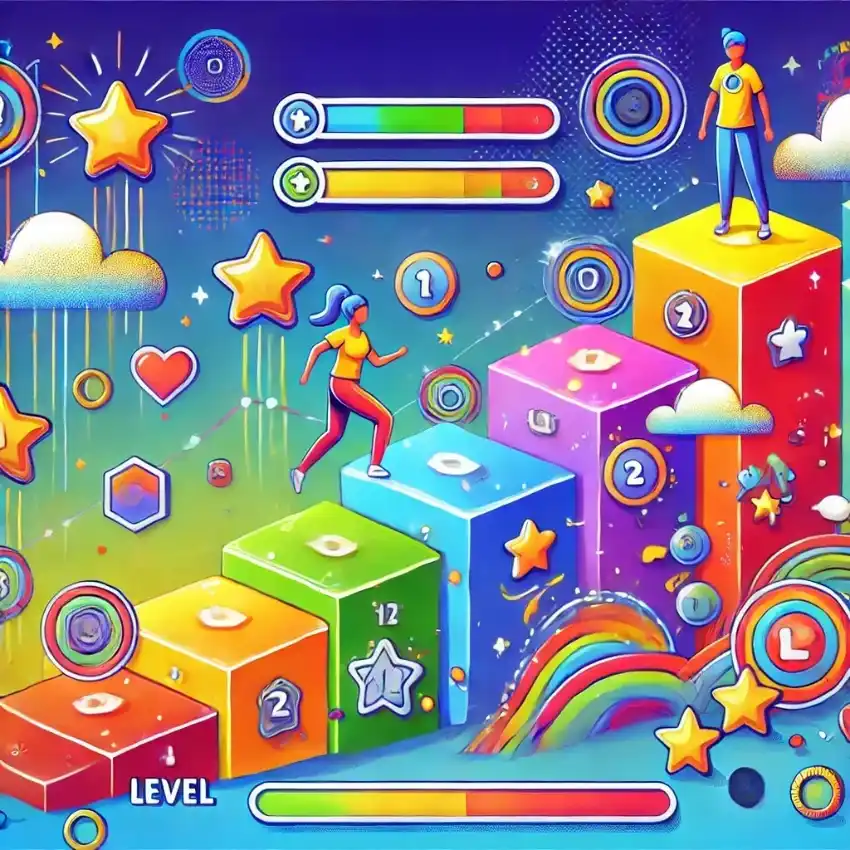
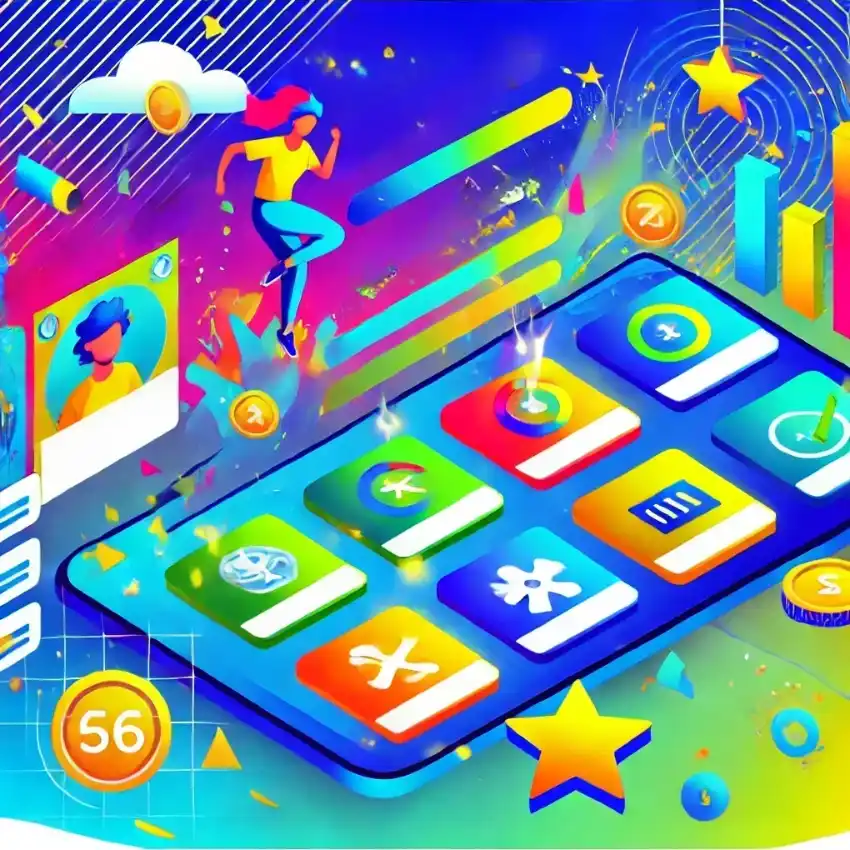
3. Challenges
Challenges turn learning into a series of problem-solving exercises, making the process more engaging and interactive. Learners are required to apply their knowledge in new or hypothetical scenarios, enhancing their ability to think critically and apply what they’ve learned in practical, real-world situations. This active engagement is crucial for deep learning and long-term retention, especially important in compliance training where understanding nuances can be critical.
4. Leaderboards
Leaderboards introduce a social dimension to learning by displaying rankings of learners based on their scores, levels reached, or other metrics. They tap into the natural human drive for competition and recognition, motivating learners to improve their performance to climb up the rankings. Leaderboards can also foster a sense of community among learners, as they can see how others are performing, which can motivate them to engage more deeply with the material to maintain or improve their standing.
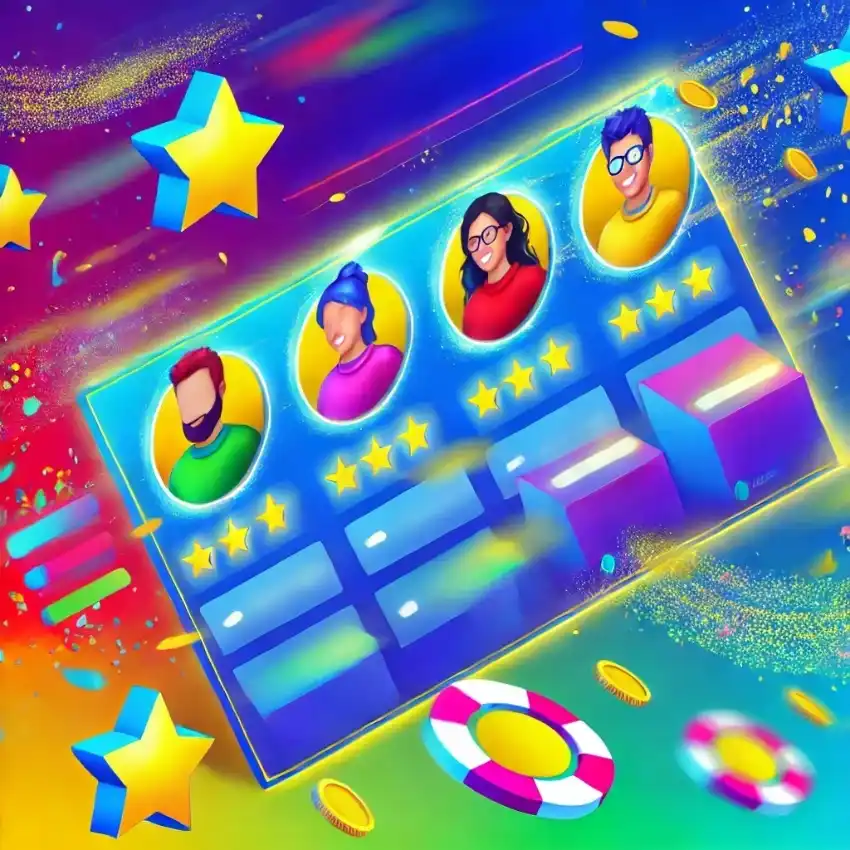
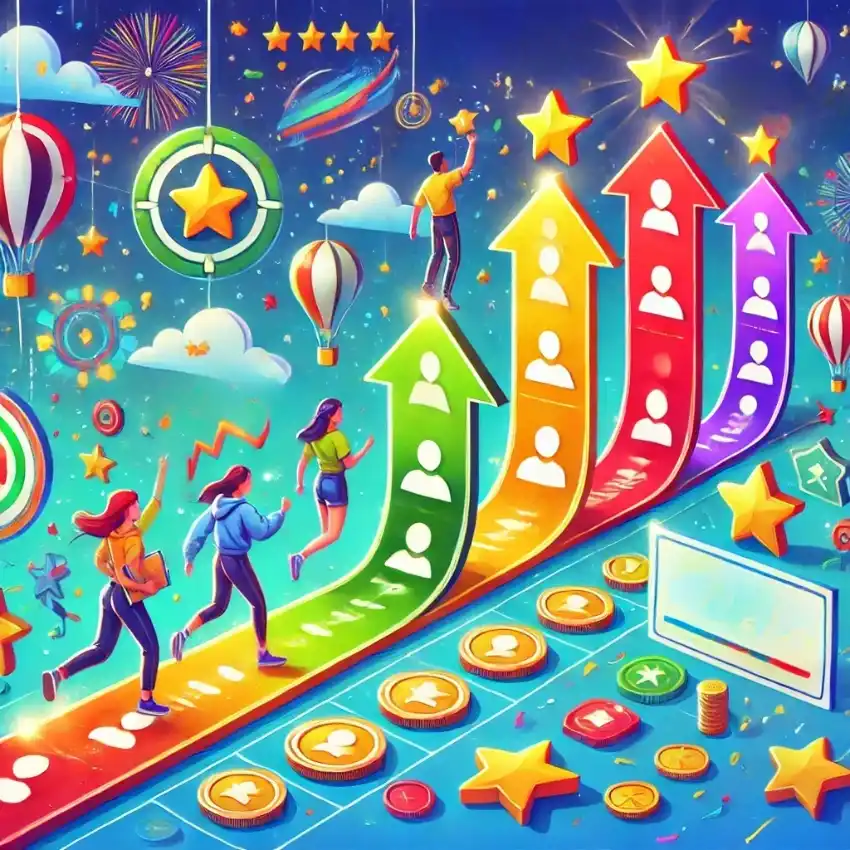
5. Improvement
The gamified elements collectively contribute to a cycle of continuous improvement. Immediate feedback from points and levels helps learners quickly identify and correct misunderstandings, reinforcing correct knowledge and behaviours. Challenges ensure that the learning process remains dynamic and requires active engagement, pushing learners to continually apply their skills in new ways. While leaderboards, through their competitive and social aspects, provide external motivation for learners to revisit and refine their understanding and skills even after completing the course content.
Key Takeaways
By leveraging these game elements, gamification in compliance training effectively transforms a potentially dry educational process into a dynamic, engaging, and highly effective learning experience. Learners are not only more engaged but are also more likely to retain crucial information and remain motivated to continue improving their skills—an important advantage in the ever-evolving field of compliance.
The Rapid Expansion of the Global Online Training Market
Globally, the gamification market is booming, expected to grow from $9.1 billion in 2020 to over $30.7 billion by 2025, at a compound annual growth rate of 27.4%.
The corporate compliance training segment within the online training market is also showing robust growth. It is forecasted to expand significantly, with an estimated compound annual growth rate (CAGR) of 9.52% from 2022 to 2027, and is expected to increase by USD 3.705 billion during this period.
It is anticipated that online compliance training will hold the largest market share by 2027, underscoring the trend towards digital learning platforms that offer flexibility and accessibility for organisational training needs.
The significant market share and investment in this training reflect its critical role in ensuring that employees understand and adhere to relevant laws and regulations, which is crucial for mitigating risks and fostering a compliant and ethical work culture.
Psychological Foundations of Gamification
The psychology behind gamification is rooted in the following key theories:
- Motivation: According to the Self-Determination Theory, gamification addresses intrinsic motivation through autonomy, competence, and relatedness. Leaderboards and scores, for instance, feed into the competitive nature, fostering a sense of competence and achievement.
- Behaviourism: Skinner’s reinforcement theory applies here as immediate feedback in games (rewards or points) serves as positive reinforcement, encouraging desired behaviour.
- Cognitive Development: Gamified learning often requires critical thinking and problem-solving, engaging the learners’ cognitive functions more intensively than traditional methods.
Why Gamification Works for Serious Topics
- Enhanced Engagement and Retention: Compliance topics like GDPR and AML involve complex regulations and often tedious material. Gamification can transform these into interactive scenarios that require active participation rather than passive consumption. Research indicates that gamification can increase engagement by up to 60% and improve knowledge retention by up to 90%.
- Encourages Continuous Learning: The episodic nature of most gamified training programs enables compliance officers to digest complex information in manageable chunks. Continuous feedback loops integrated within these games help in reinforcing knowledge and addressing gaps almost immediately.
- Real-World Application: By simulating real-life situations, gamified training allows learners to see the practical implications of their decisions in a risk-free environment. For instance, a game could simulate a cybersecurity breach scenario where a learner has to decide how to respond, thus preparing them for actual incidents.
- Data-Driven Insights: Gamification platforms often provide analytics that can track individual and group progress. This data is invaluable for compliance officers in identifying areas where additional training is needed and ensuring that all staff meet compliance standards.
Best Practices for Implementing Gamification in Compliance Training
- Align Games with Learning Objectives: Ensure that the gamified elements are not just fun but also serve the educational content of the compliance training.
- Balance Competition and Collaboration: While leaderboards can motivate by fostering competition, it’s important to balance this with collaborative tasks that promote teamwork.
- Ensure Inclusivity: Design games that are accessible to everyone, regardless of their gaming skill level, to avoid alienating non-gamers.
In Conclusion
Gamification in compliance training is more than just a trend; it’s a strategic approach that leverages psychological principles to enhance learning outcomes. For UK compliance officers, introducing gamified elements into training programs can lead to more engaged employees, better compliance adherence, and ultimately a more robust organisational culture.
By integrating gamification thoughtfully, compliance training can be transformed from a mandatory task into a dynamic and impactful learning experience. As the digital landscape evolves, so too should the strategies we use to prepare our teams for the challenges of tomorrow.
In our next blog, we explore the latest gamification trends shaping the future of compliance training.
Are you ready to level up your training?
Transform your compliance with our gamified solutions. Whether you’re looking to enhance learner engagement, improve retention, or just want to discuss how gamification can benefit your organisation, we’re here to help.


